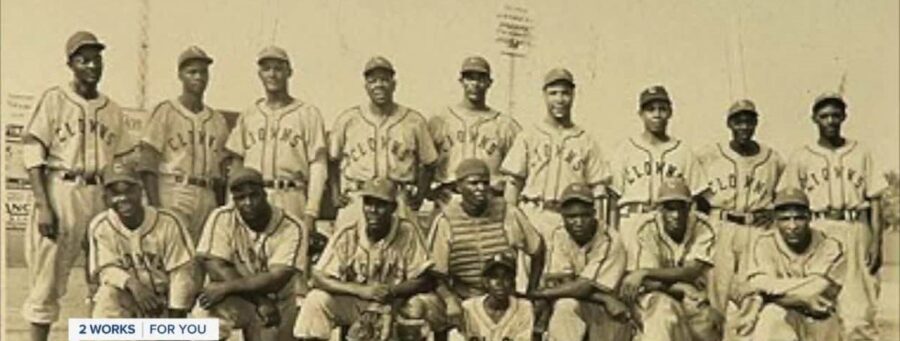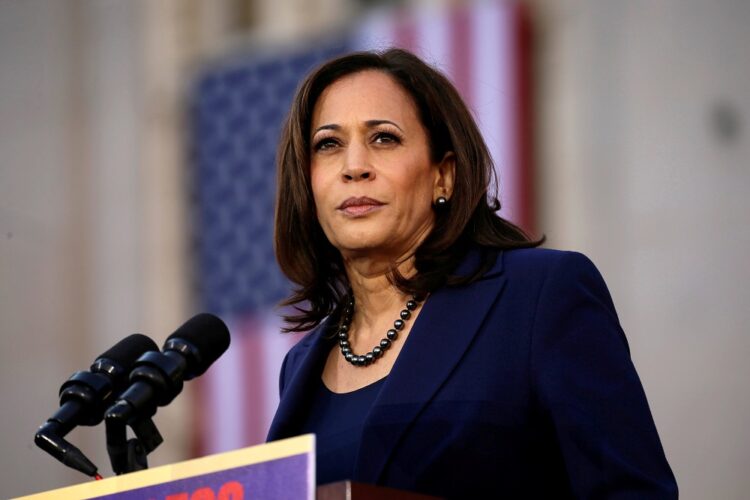
By David K. Li
About 3,400 players were part of these seven leagues that existed from 1920 to 1948.
Major League Baseball on Wednesday announced that records of Negro Leagues players will be included in the game’s official statistics, in a “long overdue recognition.”
Before Jackie Robinson broke professional baseball’s race barrier with the Brooklyn Dodgers in 1947, Black players were barred from MLB play, depriving many baseball fans from seeing some of the best hitters, pitchers and fielders of the 20th century.

“All of us who love baseball have long known that the Negro Leagues produced many of our game’s best players, innovations and triumph against a backdrop of injustice,” MLB Commissioner Rob Manfred said in a statement.
“We are now grateful to count the players of the Negro Leagues where they belong: as Major Leaguers within the official historical record.”
The records and stats of 3,400 players who competed in seven leagues for Black players between 1920 and 1948, will be included in MLB records, officials said.
“For historical merit, today is extraordinarily important. Having been around so many of the Negro League players, they never looked to MLB to validate them,” Negro Leagues Baseball Museum President Bob Kendrick said in a statement. “But for fans and for historical sake, this is significant, it really is.”
The seven leagues that will now be included in official records are the original Negro National League (1920-31), the Eastern Colored League (1923-28), the American Negro League (1929), the East-West League (1932), the Negro Southern League (1932), the second Negro National League (1933-48) and the Negro American League (1937-48), MLB said.
The Negro Leagues of 1920-48 produced some of the greatest players in the sport’s history, including 32 Hall of Fame members. Names such as Robinson, Willie Mays, Roy Campanella, Satchel Paige, Monty Irvin, Josh Gibson, James Thomas “Cool Papa” Bell and MLB’s second Black player, Larry Doby.
Frank Grant, a 19th century second baseman, and Negro League executive Rube Foster are also enshrined in Cooperstown.
“We couldn’t be more thrilled by this recognition of the significance of the Negro Leagues in Major League Baseball history,” said Edward Schauder, legal representative for Gibson’s estate and co-founder of the Negro Leagues Players Association.
“Josh Gibson was a legend who would have certainly been a top player in the major leagues if he had been allowed to play.”
MLB is now comprised of two leagues, the National League, founded in 1876, and the American League, which began play in 1901. Their champions have met in the World Series in almost every October since 1903.
And along the way, several other upstart leagues have challenged the AL and NL without lasting success.
Contributions of those four other groups — the American Association (1882-1891), Federal League (1914-15), Union Association (1884) and the Players’ League (1890) — were recognized in a 1969 report by MLB’s Special Committee on Baseball Records.
But the “omission of the Negro Leagues from consideration was clearly an error that demands today’s designation,” according to an MLB statement on Wednesday.
“The perceived deficiencies of the Negro Leagues’ structure and schedule were both born of MLB’s exclusionary practices, and denying them Major League status has been a double penalty,” MLB’s official historian John Thorn said in a statement. “Granting MLB status to the Negro Leagues a century after their founding is profoundly gratifying.”











